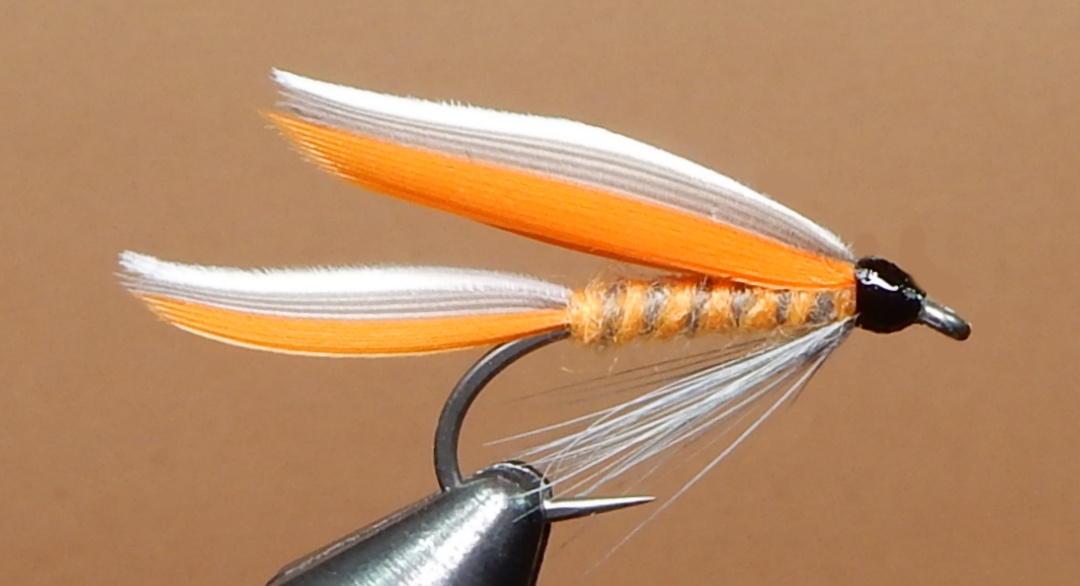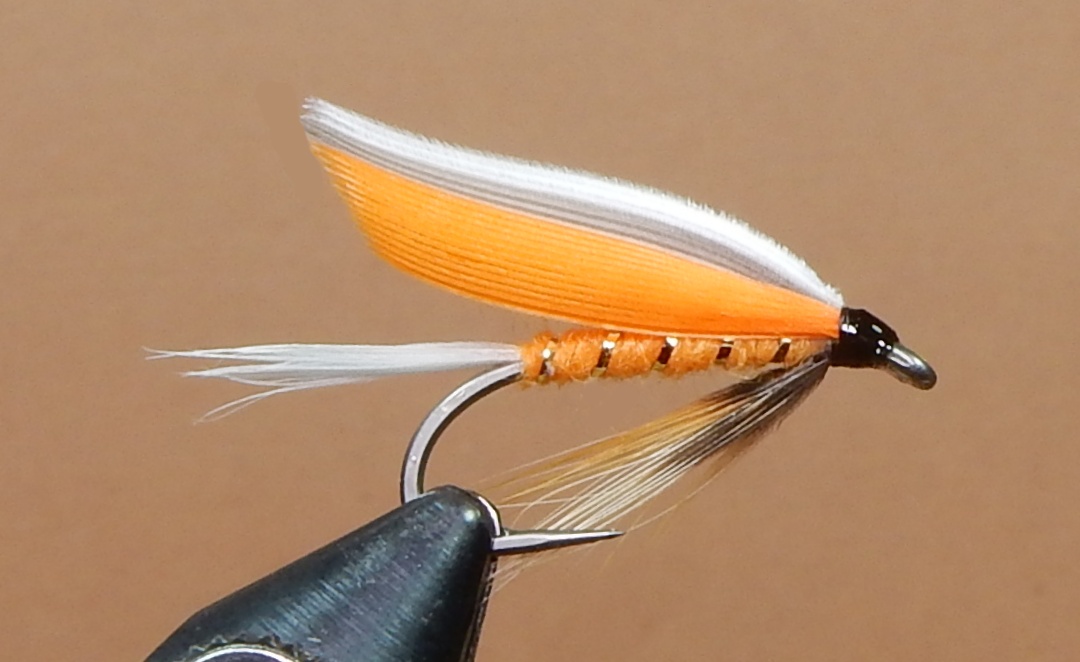Kms
Well-known member
Golden olive mohair crystal worm with opalescent green glass bead on partridge H1AXL #18.

That looks like a perfect dubbing blend to mimic cases!View attachment 1641241718Cased Caddis Variation
Cheech at Fly Fish Food posted a video on the cased caddis. I blended my own dubbing and added a black head to the green emerging from the case. Pretty easy tie.
Cool looking cool.View attachment 1641241731Fishing the Upper D this weekend. First time experimenting with EP bodies. Hopefully this thing will hunt.
I’m going to try this one. I found a YouTube video.This is one of my all time favorite early season wet flies. It’s called the Usk Naylor and I tied this one on a size 14 hook. I generally run it as my top fly on a 3 wet fly rig particularly early in the season and it has produced a lot of fish over the years.
[
It’s a great pattern. I used a small covert feather off of a Jackdaw wing for the hackle. The head is way too big on the one I posted and it would have been better with one less turn of hackle, but then the head would have been even bigger! 😉 However, I do like the purple head to be a prominent feature of the pattern and I intentionally wrap the bronze mallard body a bit loosely to let a bit of purple sneak through on the body. I do believe there are times when purple can serve as a trigger. Post one up if you tie one! The Usk Naylor doesn’t get a lot of recognition.I’m going to try this one. I found a YouTube video.
What hackle did you use?
A friend was one of the Fly Tiers at the Lancaster Show last month and he said purple has increased in popularity and with his orders.
Cool profile. Did you bend the hook?This is one of my all time favorite early season wet flies. It’s called the Usk Naylor and I tied this one on a size 14 hook. I generally run it as my top fly on a 3 wet fly rig particularly early in the season and it has produced a lot of fish over the years.
View attachment 1641241771
No, didn’t bend the hook.Cool profile. Did you bend the hook?
That is one of my favorite flies to tie. I learned how from Steve at Fly Fishers Paradise back in the 80’s.View attachment 1641241788
Woven Body Stone Fly... Size 8.. The late George Harvey showed me how to tie this fly at the Orvis Shop that was in Forest County PA back in the day. The owner of the store Tom Greenlee was the a great man, always took time out of his day to give me and my little brother some casting lessons.
This is one of my all time favorite early season wet flies. It’s called the Usk Naylor and I tied this one on a size 14 hook. I generally run it as my top fly on a 3 wet fly rig particularly early in the season and it has produced a lot of fish over the years.
View attachment 1641241771




That fly will definitely catch fish, John! Nice tie.I always like your flys, John.
And it got me fooling around on the vise, but I don’t have any good Bronze Mallard (nor can I pronounce Usk Nailor) so I tied this one with pheasant tail, partridge, and purple Uni tying thread. (I don’t have any Pearsall’s in purple either). If it catches any trout I’m going to name it Just Nail’er. 🦄
View attachment 1641241835
